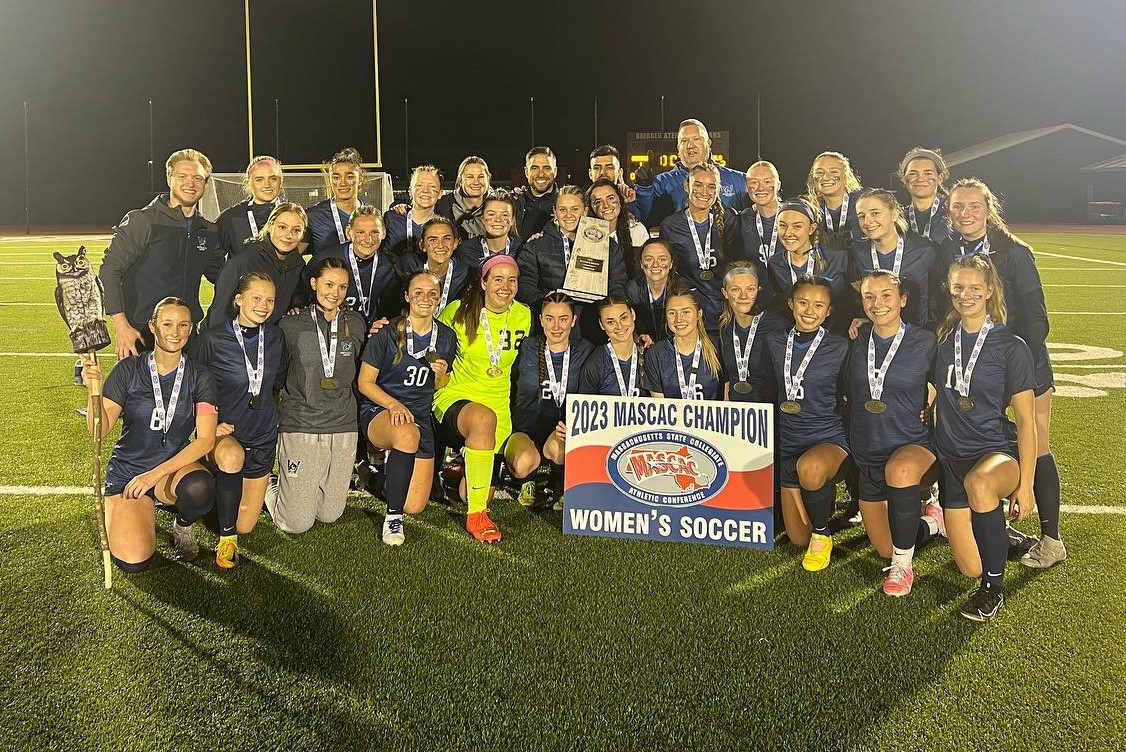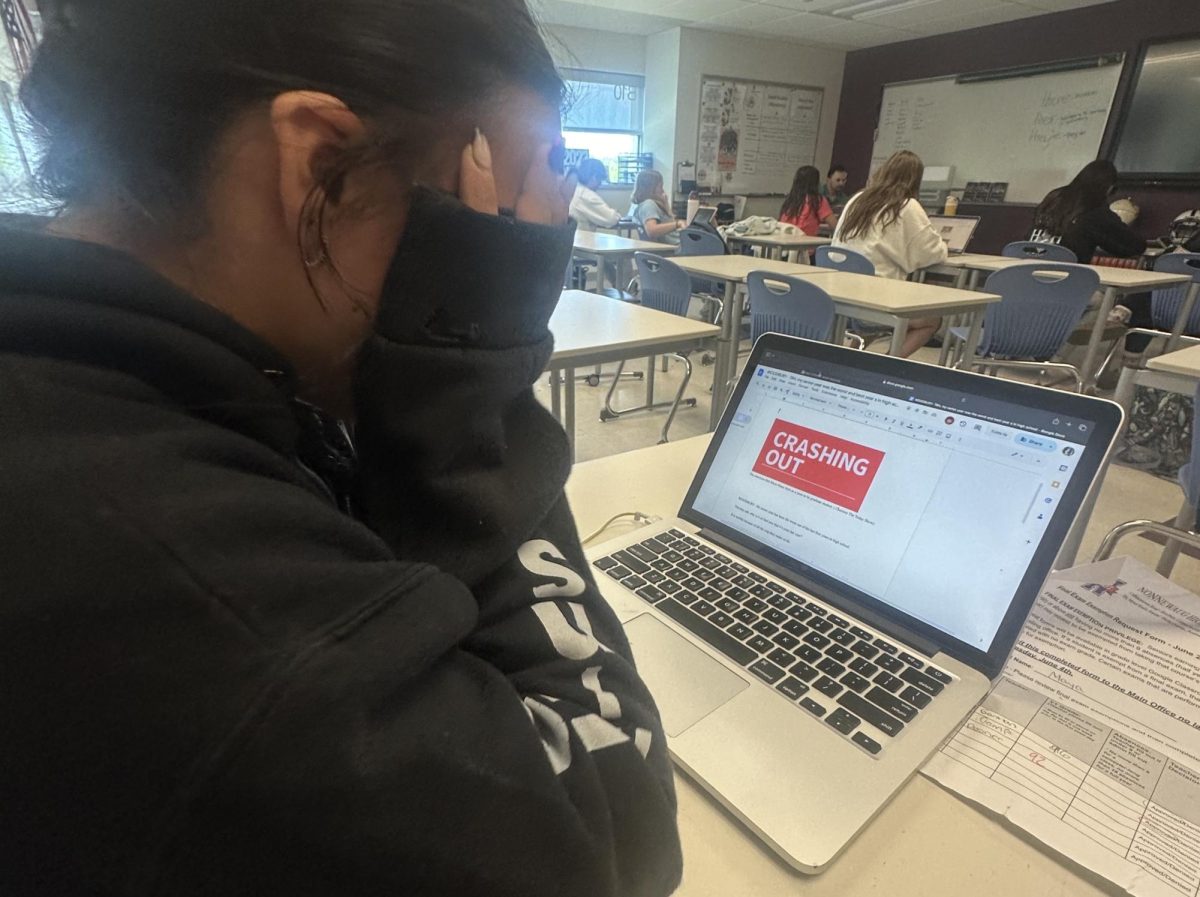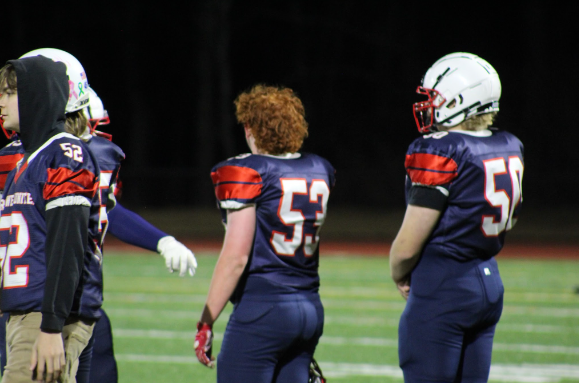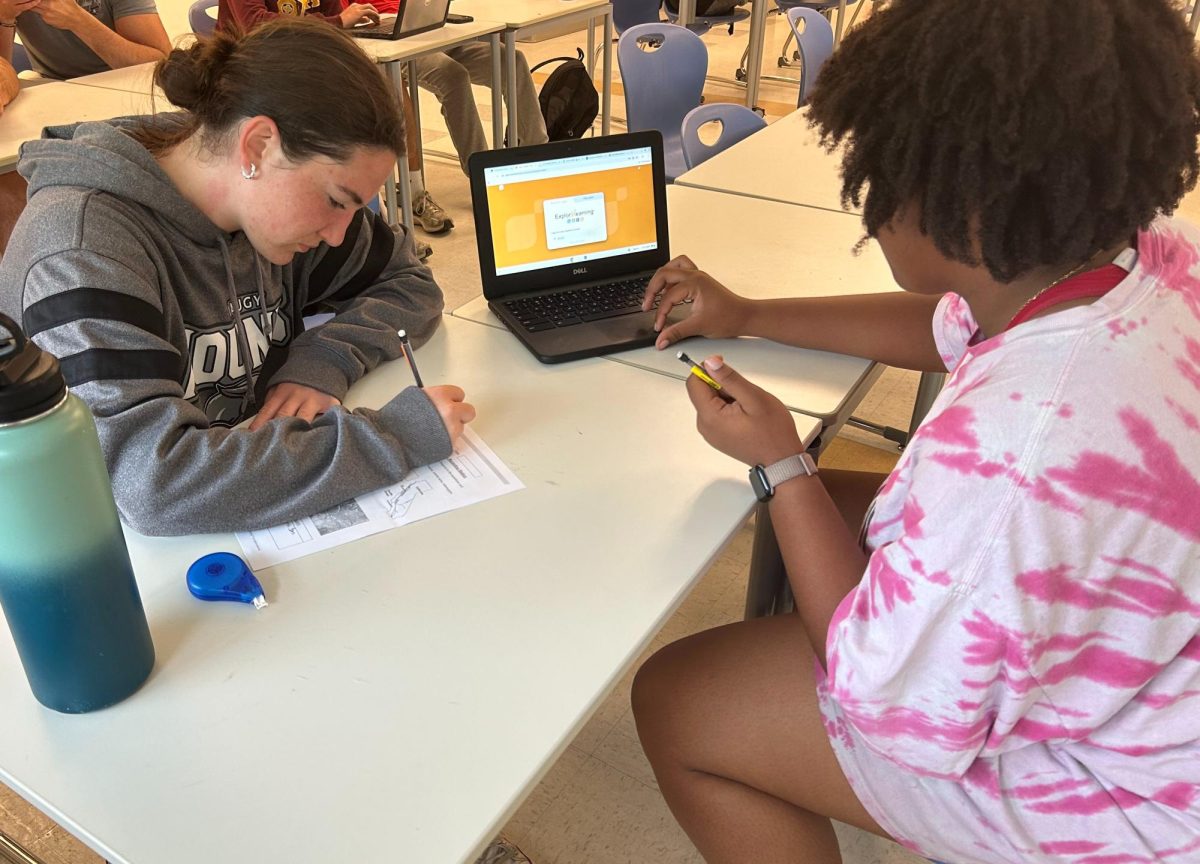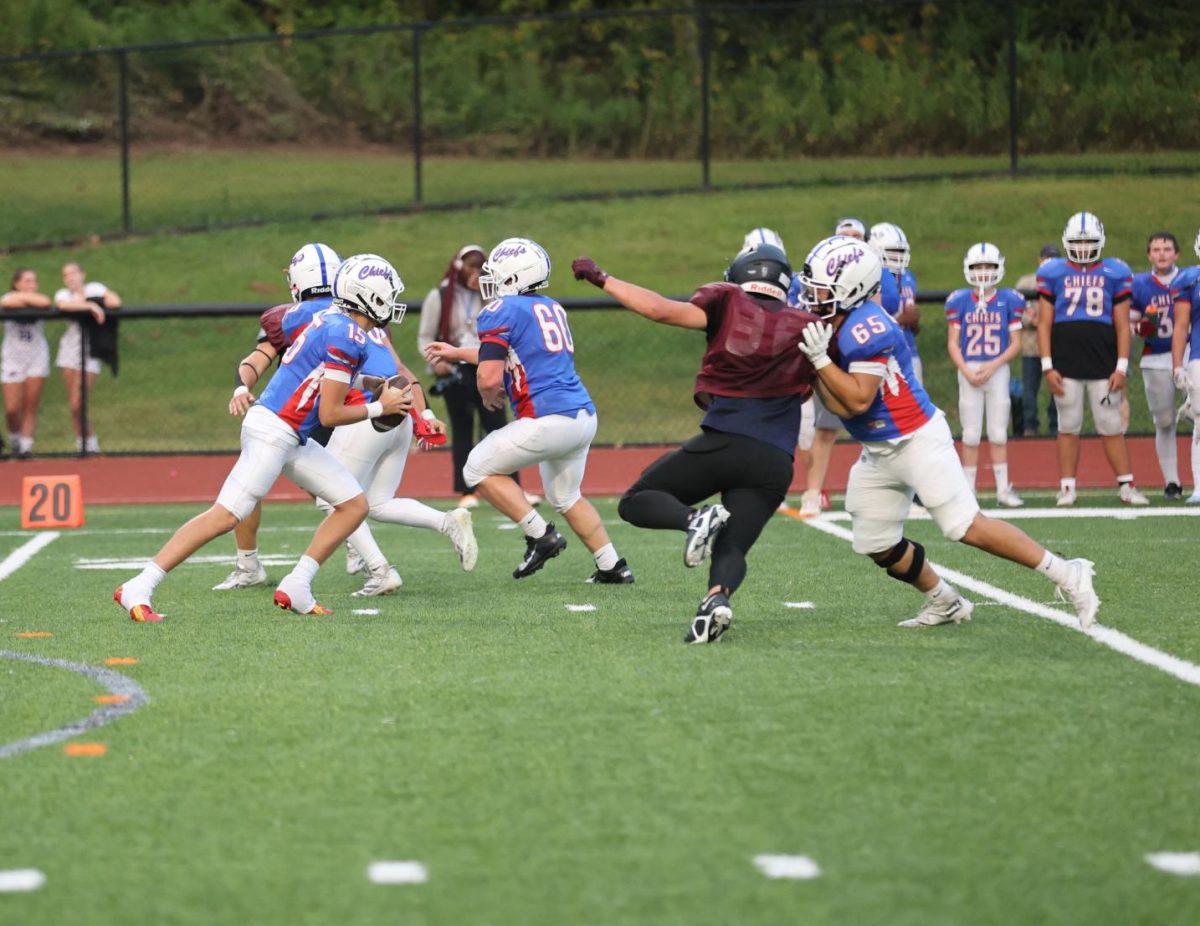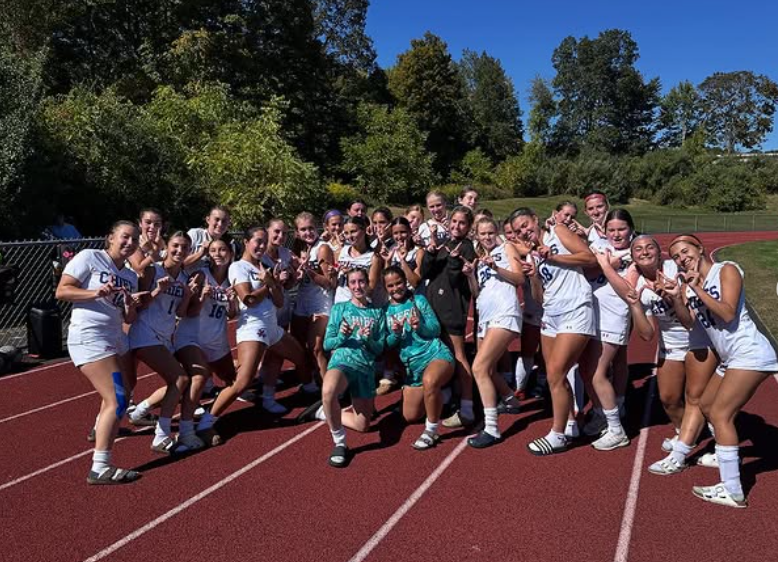With the 1906 creation of the National Collegiate Athletic Association, no one was prepared for the controversy that would shortly arise when college sports became a daily part of many individuals’ lives: “What division are you going?” That question is much easier asked than answered.
Athletes committing to different levels of post-secondary sports would spark this back-and-forth conversation for years to come, leading to the average person developing the notion of Division III being the least competitive division in the NCAA and Division I being the most.
From athletes to fans, everyone has their own personal take on the different competitive levels that each division provides. But many players that I have had the privilege to play alongside have decided to seek the path of a lower division, even though they are capable of playing at a so-called higher level.
Nonnewaug alumna Paige Brandt, now a sophomore at Division III Westfield State University who plays soccer, track and field, and diving, enjoys the freedom that comes along with playing in this division.
“I personally really enjoy Division III because it gives me that flexibility to do more than one sport,” says Brandt, a 2022 graduate. “I feel as though if I tried to compete in a higher division, I would have to stick to one sport.”
Players like Brandt tend to seek the lower divisions to push themselves to become a multi-sport athlete, but I believe any player who has the opportunity to play a single college sport is very impressive. Being able to excel in all three sports puts Brandt in a special category that not many athletes are able to reach at the collegiate level.
Head boys soccer coach and biology teacher Toby Denman agrees.
“Anybody that continues their athletic career beyond high school is really, really good,” says Denman.
With that being said, we can see the pure difficulty of being able to compete in the NCAA at all. According to NCAA.org, “a little over 7% of high school athletes go on to play at the NCAA college level.”
I see this as enough confirmation that being able to compete at any NCAA division is an honor in itself, and isn’t something that shouldn’t go unnoticed. The amount of hard work many of these athletes put in to get to the point they are at is worth a standing ovation.
Declan Curtin, Nonnewaug’s athletic director, played Division I soccer at Fairfield University and thus has copious insight of what this experience is like. His thoughts on the divisions present a different perspective.
“For someone who has played at the Division I level, I can tell you that I had a lot of good friends from high school that went Division III,” Curtin said, “and it is wonderful – they went to the right fit, they kept playing the game that they loved. If they walked onto a top-20 Division I school, they wouldn’t know what hit them.”
While this may be true, the most significant differences between the three NCAA divisions is in how they are funded and structured. Yet, this doesn’t necessarily mean that lower-division programs are worse than higher-ranked ones. Unfortunately, the way that the NCAA is set up just makes it so that the divisions are “viewed as apples to oranges and not apples to apples,” as Curtin puts it.
“There is a big difference between Division I programs and how they’re funded and what’s provided to those schools, as well as the rules that are written around scholarships ,compared to Divisions II and III,” he said. “There’s a lot of good Division II and III schools out there that can potentially beat a really bad Division I school, for sure.”
Not only this, but I know that many of the differences aren’t the easiest to be seen from the very surface of someone who doesn’t play a sport at a high level. Most of the notions that society has are conceived through the most accessible platforms that showcase NCAA sports: TV and social media.
“Division I gets the most attention by what’s being broadcasted on TV,” says Denman. “That’s a lot of it, and the highest level of Division I is a multi-million dollar or possibly even billion-dollar industry.”
With power such as the Division I level holds, it becomes difficult for Divisions II and III to be able to equal themselves. Does it really have to be that way? I don’t think so, but alas, this is the way it’s worked out.
Even though there may be differences within the different divisions depending on many scenarios, athletes tend to pursue the division that best fits their personal lives and futures, as well as the college that can sufficiently support their academic and athletic needs, while being able to live a successful and competitive lifestyle. So while divisions might not be totally necessary, it’s up to the individual to sort out what works best for them and what doesn’t.
Nonnewaug sophomore Karli Brandt, the younger sister of Paige, puts it perfectly.
“I feel [that] if you love a sport enough,” she said, “you will be happy with whatever division you play, and they are all competitive if you love the game.”
This is the opinion of Chief Advocate reporter Layla Coppola, a Nonnewaug senior who will play Division II soccer at the University of New Haven in the fall.



